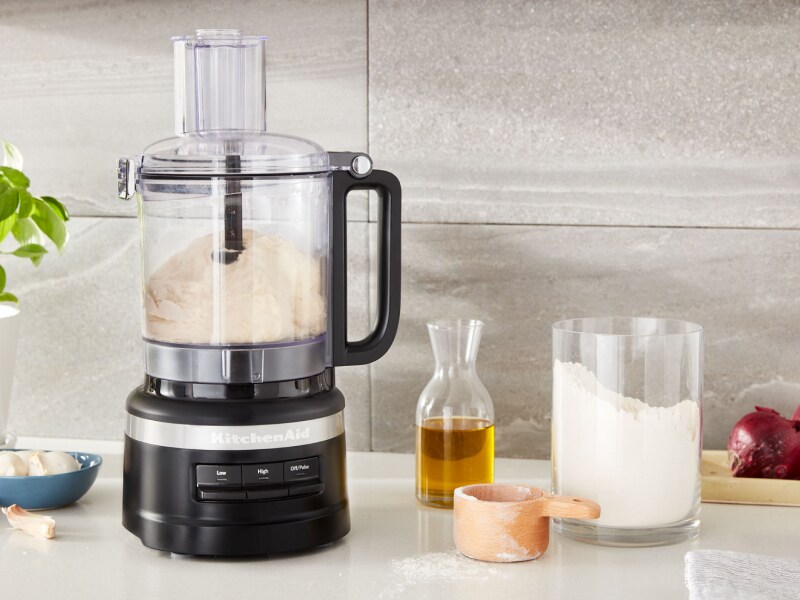
Baking Powder vs. Baking Soda: What's the Difference?
Baking can be equal parts art and science, and ingredients like baking soda or baking powder work in a specific way to give your favorite baked goods the texture and flavor you expect. Baking powder and baking soda are both leaveners with important properties that ensure your Lemon Lavender Cookies or Sweet Potato Cupcakes have the crispy or fluffy texture your recipe calls for. Read on to learn more about the differences between baking powder and baking soda and when to use them.


What is Baking Soda?
Baking soda is pure sodium bicarbonate, an alkaline compound that will react when mixed with something acidic, like lemon juice or buttermilk to form tiny bubbles of carbon dioxide. The chemical reaction is very important in getting your baked goods to rise and have a tender texture.
What is Baking Powder?
Baking powder is sodium bicarbonate (baking soda) mixed with a dry acid and cornstarch. When baking powder is mixed with liquid during baking, it releases carbon dioxide, which causes baked goods to rise. Baking powder is "double-acting," meaning it’s activated when it comes in contact with liquid during the mixing part of a recipe, and is activated again with heat during the baking part of the recipe.


What Are the Differences Between Baking Powder and Baking Soda?
While baking soda requires an acidic liquid to activate, baking powder is sodium bicarbonate, or baking soda, already combined with an acid. Baking soda is good for recipes that include other acidic ingredients. If a recipe does not contain enough acids, baking powder may be better as it contains its own acid. Baking soda (being pure sodium bicarbonate) is three to four times stronger than baking powder, so you don’t need as much when substituting.
Baking Powder Uses
Baking powder is used as a leavening agent in baked goods. It increases the volume and lightens the texture. Baking powder can add a slightly acidic taste to recipes like buttermilk pancakes or provide a light and tender texture to a strawberry shortcake. It can also be used as a cleaning agent around the house.
Baking Soda Uses
Baking soda is also a leavening agent that will allow soda bread to rise perfectly and will give blueberry muffins their fluffy texture. Baking soda is also well-known for its deodorizing properties and is an abrasive cleaning staple in many homes. Baking soda mixed with water to make a paste can be spread over stuck-on residues to help lift them so you can wipe them away. Be sure to spot-test with this cleaning paste before use to ensure that it won’t cause scratches or other damage.


Baking Powder Substitutes
Buttermilk combined with baking soda
Lemon juice combined with baking soda
Plain yogurt combined with baking soda
Cream of tartar combined with baking soda
Can I Use Baking Soda Instead of Baking Powder?
Baking soda can be used in place of baking powder if an acidic liquid is added, as well, to activate it. Keep in mind, also, that baking soda is much stronger than baking powder, so when you are substituting, you will use much less.


Baking Soda Substitutes
- Baking powder
Potassium bicarbonate and salt
Baker’s ammonia
Self-rising flour
Can I Use Baking Powder Instead of Baking Soda?
Baking powder can be used in place of baking soda, but its leavening power is not as strong. You’ll need to use a greater quantity of baking powder to get the same final product. Another thing to consider is that baking powder already contains an acid, so you may want to reduce or replace other acidic ingredients in the recipe.
Explore KitchenAiD® Countertop Appliances for Baking and more
Make every dish stand out with KitchenAid® countertop appliances. From the simplest dishes to multi-course meals, food processors, blenders, stand mixers and more will help you make the most of your ingredients.